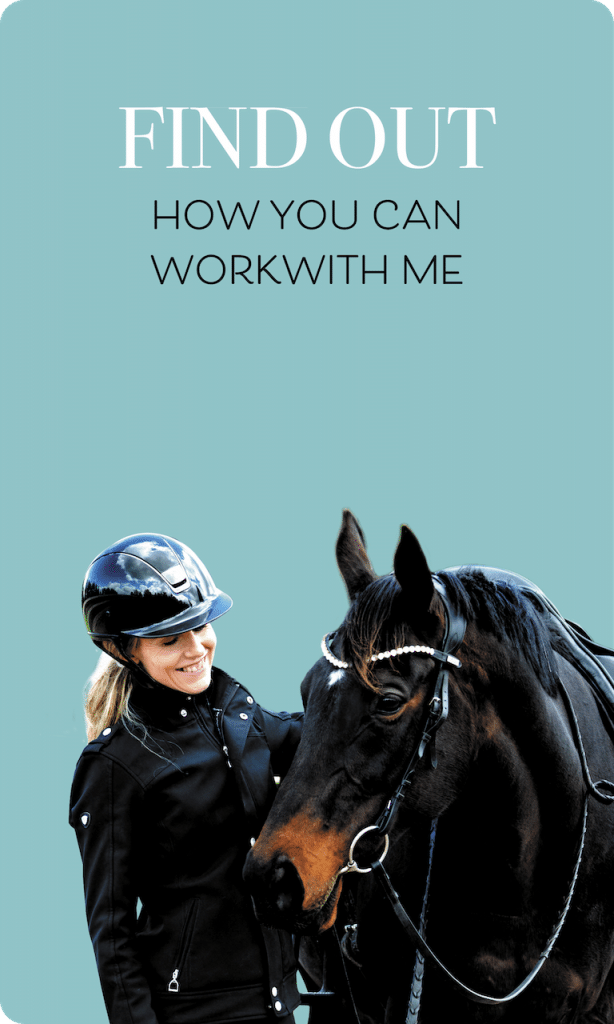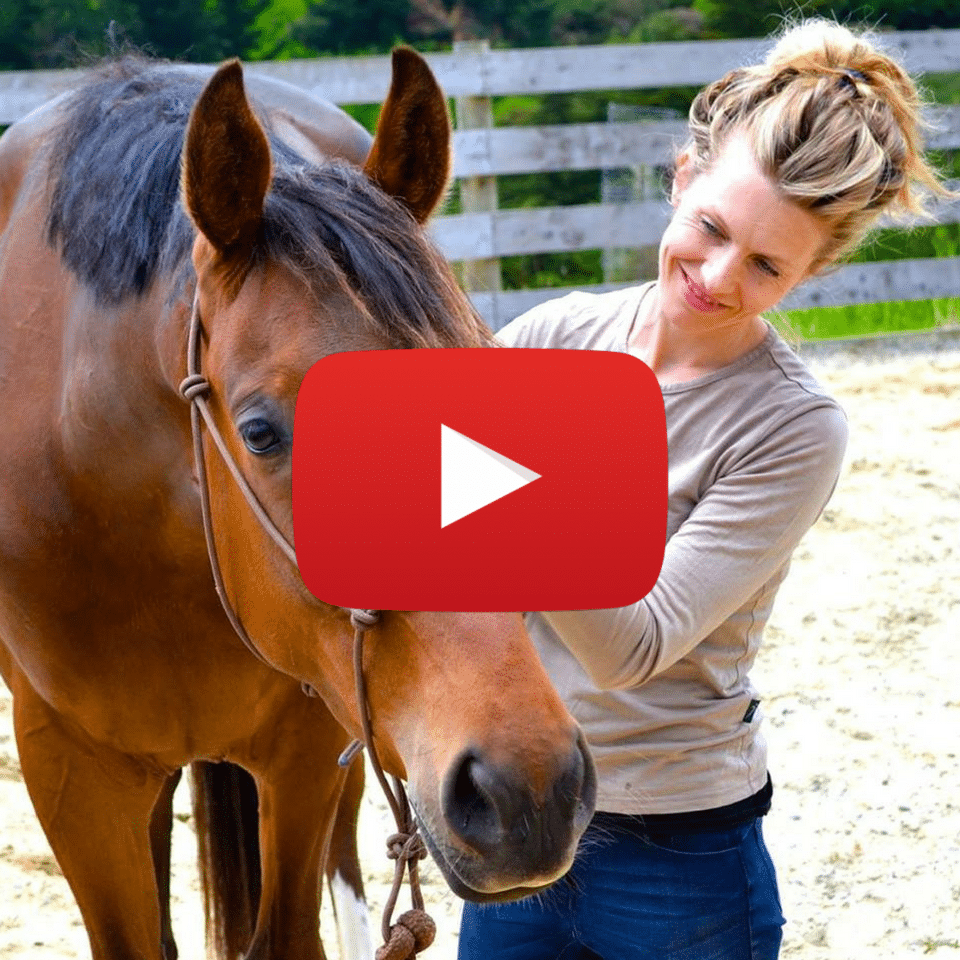So much of the success we experience in training is about creating environments that support the outcomes we are trying to teach. This is different to control; it’s intentional curation that changes from context to context that increases the clarity of what we’re asking, our accuracy in asking it, and consequently, the capacity of our horse to understand.
This is Ada. She’s an Irish Draught who turned one just before Christmas. Her natural propensity is to move the world round with her shoulders, an unsurprising biproduct of the natural strengths of her breed. I watch her in the paddock, and I giggle; the way she maneuvers the other horses, her first thought being not to go around but through.
In our handling though, this means I have to be particular. I am cautious not to yield my ground, not to allow for passages of movement where my space is not considered. This is true of every horse I interact with, but in these early stages, where learning is amplified, and the energetics of engagement are being newly established the air around these asks moves faster, the consequences clearer and more acute.
Any sessions we do together are short and sweet. I want her basic handling established, for her to lead happily, move her hindquarters and her shoulders, load up into the trailer to create both a harmonious living situation together, to set the stage for the future, but beyond that for emergency. It seems that the latter does not discern whether your handling is ready for them or not.
Ada has been quick to learn and delights in our interactions, as do I. Consistent with what I’ve described above, she finds the backup challenging. She’s a little sticky, not as light as with my other requests. If she gets flustered, things can unravel quickly, so I’m careful to only ask in situations that can support her; along fence lines, in the yard, when she’s emotionally focused and in her body.
If we walk around the farm, I do my best to give other alternatives to backing up to make sure I don’t create a situation where she thinks the best option is to go through me. Is this ideal? No. But we are in the very early stages of learning and we’re working where we’re at. You could argue it’s not time to wander out at all, but I find the real world the best for practicing things that are important and having it make sense to your lovely horse.
The best way to avoid things you don’t want to happen is to do your best not to let them happen in the first place. This means being smart, thinking ahead. It means creating situations where the horse can answer yes, where you set them up to win. And then expanding the context of how and when you ask gradually from there.
Onwards,
❤️ Jane





